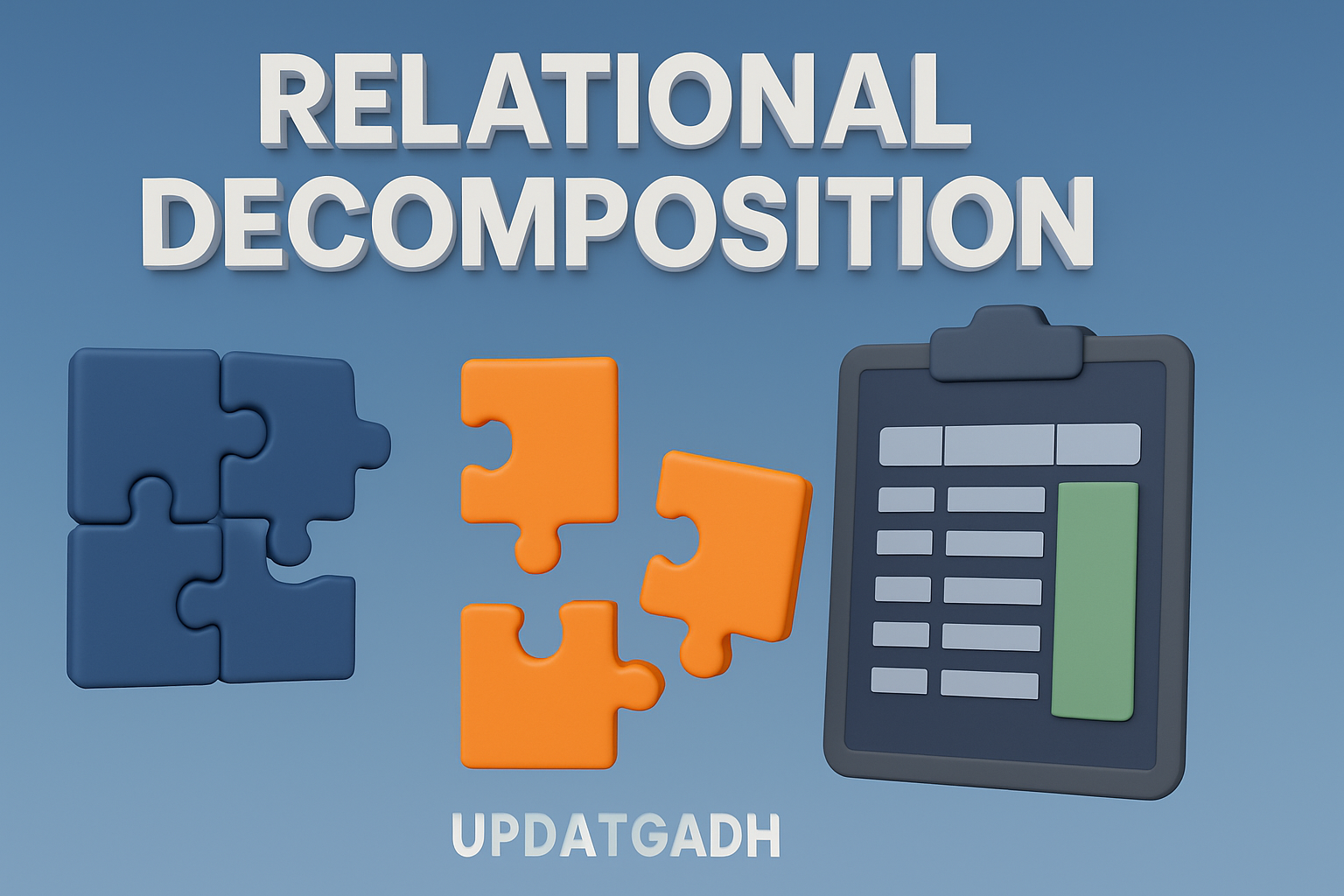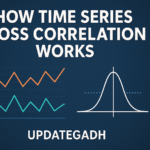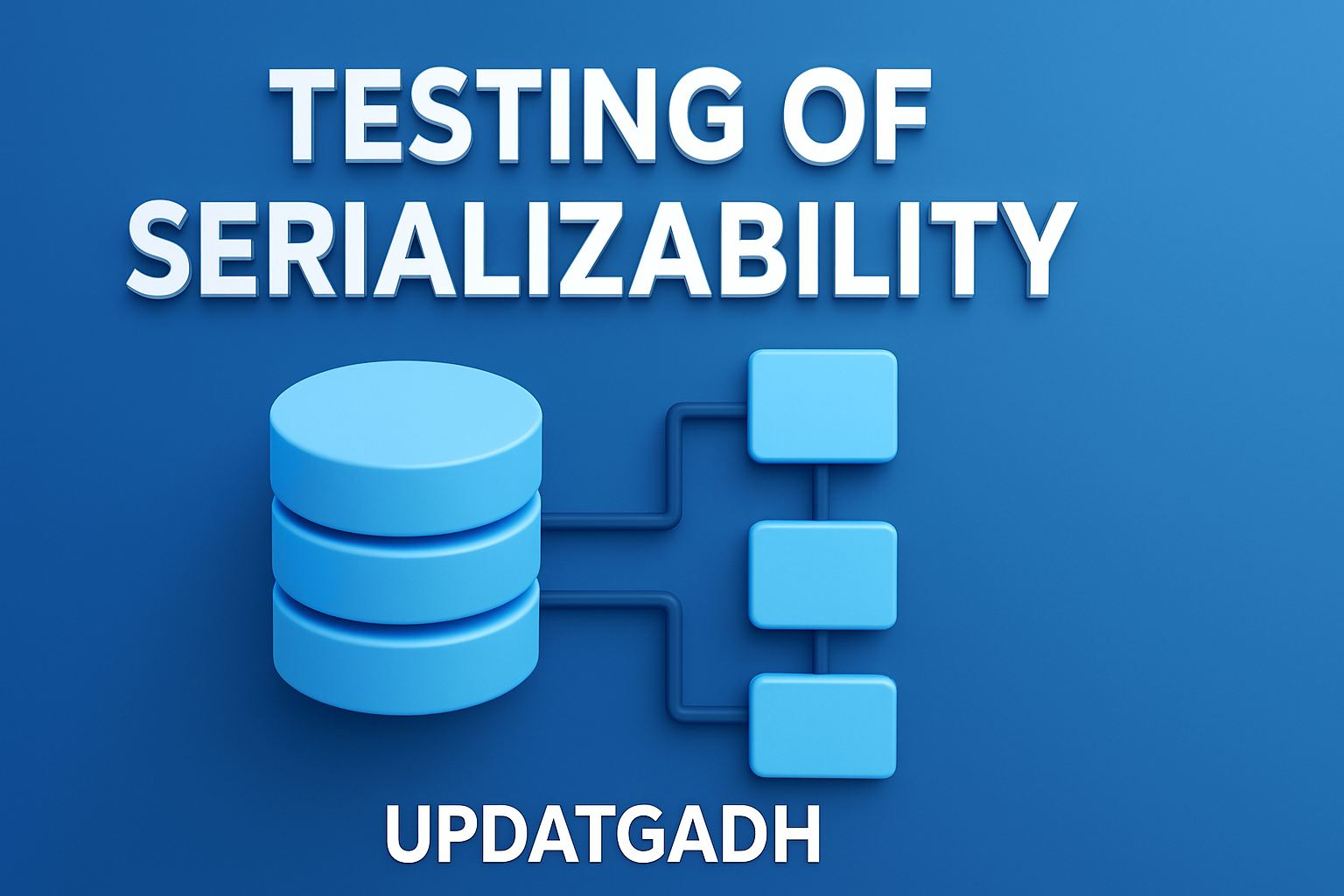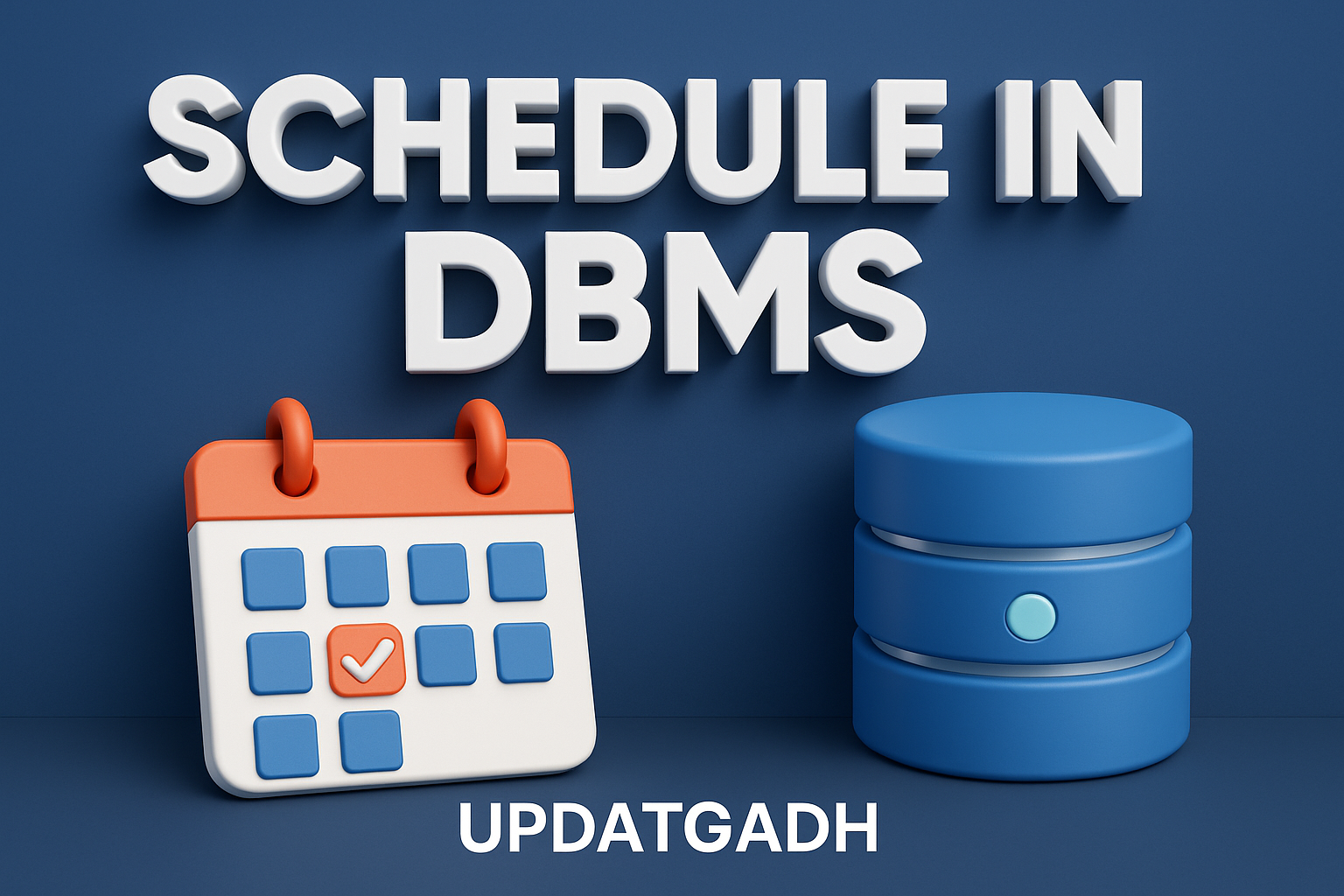

Relational Decomposition
Relational Decomposition
Introduction
In this article, we will explore the concept of relational decomposition, its types, and its importance in the database management system (DBMS). Through practical examples, we’ll understand how decomposition helps in structuring databases more efficiently while preserving the integrity of data.
What is Decomposition in DBMS?
In relational databases, decomposition refers to the process of breaking down a complex relation (or table) into two or more simpler relations. This step becomes essential when the original relation is not in an appropriate normal form, which can lead to design problems such as data redundancy, update anomalies, and inconsistency.
Proper decomposition ensures:
- Elimination of anomalies.
- Improved organization of data.
- Easier maintenance and scalability of the database.
However, it is crucial that decomposition does not result in the loss of information.
Machine Learning Tutorial:–Click Here
Data Science Tutorial:-Click Here
Complete Advance AI topics:- CLICK HERE
Deep Learning Tutorial:- Click Here
Types of Relational Decomposition
1. Lossless Join Decomposition
A decomposition is said to be lossless if the original relation can be perfectly reconstructed by performing a natural join on the decomposed tables. This ensures no data is lost during the decomposition process.
Example:
Consider the relation EMPLOYEE_DEPARTMENT:
| EMP_ID | EMP_NAME | EMP_AGE | EMP_CITY | DEPT_ID | DEPT_NAME |
|---|---|---|---|---|---|
| 22 | Denim | 28 | Mumbai | 827 | Sales |
| 33 | Alina | 25 | Delhi | 438 | Marketing |
| 46 | Stephan | 30 | Bangalore | 869 | Finance |
| 52 | Katherine | 36 | Mumbai | 575 | Production |
| 60 | Jack | 40 | Noida | 678 | Testing |
This table can be decomposed into two relations:
EMPLOYEE
| EMP_ID | EMP_NAME | EMP_AGE | EMP_CITY |
|---|---|---|---|
| 22 | Denim | 28 | Mumbai |
| 33 | Alina | 25 | Delhi |
| 46 | Stephan | 30 | Bangalore |
| 52 | Katherine | 36 | Mumbai |
| 60 | Jack | 40 | Noida |
DEPARTMENT
| DEPT_ID | EMP_ID | DEPT_NAME |
|---|---|---|
| 827 | 22 | Sales |
| 438 | 33 | Marketing |
| 869 | 46 | Finance |
| 575 | 52 | Production |
| 678 | 60 | Testing |
When we perform a natural join on these two tables using the EMP_ID attribute, we get back the original EMPLOYEE_DEPARTMENT table. Thus, this is a Lossless Join Decomposition.
2. Dependency Preserving Decomposition
This ensures that all functional dependencies from the original relation can still be enforced after decomposition. That is, at least one of the decomposed relations should preserve every dependency.
Example:
Consider a relation R(A, B, C, D) with a functional dependency:A → BC
Let’s decompose it into:
R1(A, B, C)R2(A, D)
Here, the dependency A → BC is preserved in R1. Therefore, the decomposition is dependency preserving.
Lossless vs. Lossy Join Decomposition
| Feature | Lossless Join | Lossy Join |
|---|---|---|
| Definition | No data is lost after joining tables | Some data is lost or becomes ambiguous |
| Result of Natural Join | Produces original relation | Produces additional or incorrect tuples |
| Common Attribute Condition | Is a superkey in at least one relation | Is not a superkey in any sub-relation |
Frequently Asked Questions (FAQs)
1. Is the following decomposition Lossless?
Original Relation: Student(id, Name, Class)
| Id | Name | Class |
|---|---|---|
| 101 | Anshul Sharma | BCA |
| 102 | Babita Kumari | MCA |
| 103 | Chirag Thakur | BCA |
| 104 | Dheeraj Kumar | MCA |
| 105 | Rahul Maini | BCA |
Decomposition 1: Student1(id, Name)
Decomposition 2: Student2(Name, Class)
After performing a natural join between Student1 and Student2 on Name, we get the original Student table. Hence, this is a Lossless Decomposition.
2. What are the advantages of decomposition?
- Reduces redundancy
- Improves data consistency
- Facilitates efficient query processing
- Enhances database organization
- Optimizes storage and maintenance
3. What are the key properties of relational decomposition?
- Preservation of Attributes: All original attributes are present after decomposition.
- Dependency Preservation: Original functional dependencies are maintained.
- Non-additive Join: Ensures no spurious tuples are added post-join.
- No Redundancy: Repetition of data is minimized.
- Lossless Join: Guarantees accurate reconstruction of the original table.
Complete Python Course with Advance topics:-Click Here
SQL Tutorial :-Click Here
Download New Real Time Projects :–Click here
Conclusion
Relational decomposition plays a critical role in achieving a well-structured and normalized database. By ensuring lossless joins and dependency preservation, we can design efficient, reliable, and scalable databases that eliminate redundancy and maintain data integrity. Whether you’re a student or a professional, understanding decomposition is fundamental to mastering database design.
For more tutorials and database insights, stay tuned to UpdateGadh – your trusted source for simplified technical content.
decomposition in dbms
properties of relational decomposition in dbms
lossless decomposition in dbms
problems related to decomposition in dbms
dependency preserving decomposition in dbms
types of decomposition in dbms
properties of decomposition in dbms with example
functional dependency in dbms
relational decomposition in dbms
relational decomposition example
relational decomposition dbms example










Post Comment